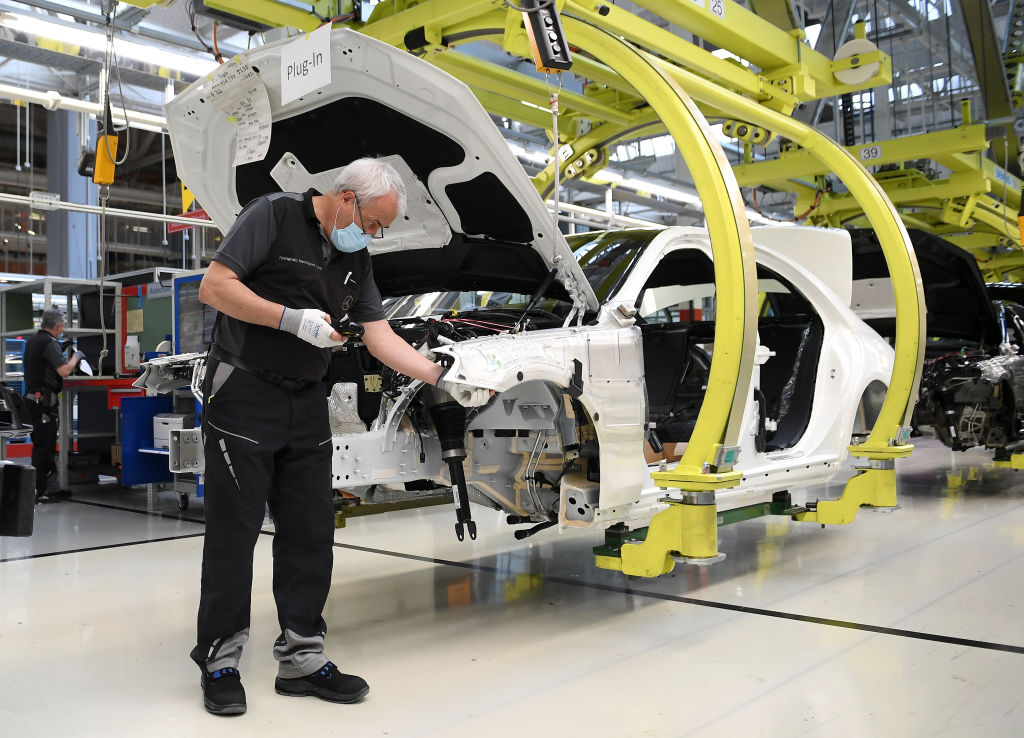
Eurozone industrial production grows as recovery continues
by Harry RobertsonThe Eurozone’s factories fared slightly better in July than economists had expected, with industrial production growing 4.1 per cent as the bloc’s economic recovery continued.
July’s expansion compared to growth of 9.5 per cent in June, however. And economists say the Eurozone’s recovery is set to slow further after an initial release of pent-up demand and as rising coronavirus cases require further lockdowns.
Read more: Eurozone investor morale rises for fifth month in a row
Nonetheless, economic growth continued in July. Compared with a year earlier, industrial production was down 7.7 per cent. That was an improvement on the 12 per cent gap seen in June.
It comes with the Eurozone at a crossroads. The single currency area’s economic recovery since its record 11.8 per cent second-quarter contraction has been solid, with consumer confidence picking up and businesses reopening.
Covid cases could derail recovery
But the bloc has also suffered a rise in coronavirus cases which threatens to derail the rebound. As of 13 September, Spain’s 14-day cumulative number of cases per 100,000 was 270.7. France’s was 151.2.
In Germany and Italy, which have done a better job of staying on top of the virus, cases per 100,000 were 21.3 and 32.2 respectively over the same period.
Economists predict that the Eurozone’s economic growth will slow towards the end of the year. They say it would be hit especially hard if wide-ranging lockdowns are reinstated.
In July though, the production of capital goods climbed 5.3 per cent and durable consumer goods by 4.7 per cent. This suggested solid demand from companies and consumers.
The highest increases were seen in Portugal (11.9 per cent), Spain (9.4 per cent) and Ireland (8.3 per cent).
However, Daniela Ordonez, European economist at Oxford Economics, said last week that the recovery was “already flattening out”.
Read more: Eurozone manufacturing grows for second month running
“Slower growth in the GDP sub-components (consumption, production) partly explain this trend,” she said.
Yet she said it is “the recent deterioration in the health situation – which has also led to lower mobility – that represents the main risk to the near-term outlook”.